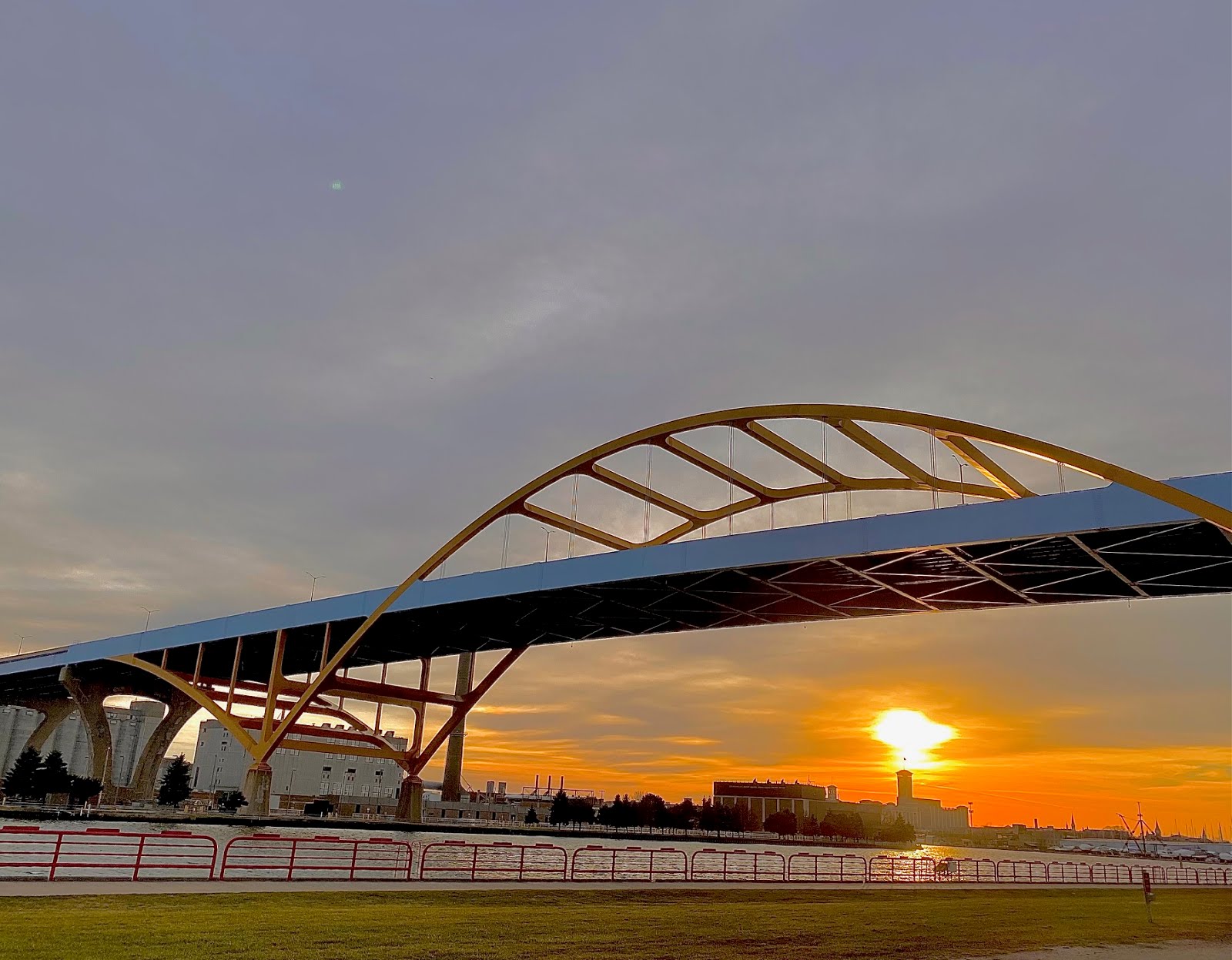A Freeway Tale Of Two Cities
Steven Filmanowicz, the communications director at The Congress for the New Urbanism, offers text and slides to show how, and how not, to insert freeways into an urban environment.
Not surprisingly, the Marquette Interchange that has gouged a now even-bigger hole in downtown Milwaukee rates lower in Filmanowicz's analysis than do comparable structures in Chicago, Filmanowicz shows.
There's a lamentable surplus of blame to apportion when it comes to the damage the freeway system has done to Milwaukee: the State Department of Transportation, the regional planning commission, and short-sighted local political and business leaders too locked into highway lobbies and captivated by the freeway's massive design and public works spending to see clearly into these projects' harm to tax base, priceless land, clean air and a city's soul.
It baffles me that conservatives, on the alert for onerous taxation and wasteful spending, and favoring local control/home rule, do not more often advocate against big government that lays down costly concrete on top of property that once paved, belongs to The State and cannot be developed.
Cities are more than parking lots and "thru lanes" to additional destinations. They are collections of neighborhoods, centers of culture and concentrations of commerce that traffic certainly helps - - but not when it is directed above and through the urban heart with little disregard for residents and their quality of life.
For a half-century, the freeway-first model has been the standard when it comes to transportation spending and execution in and around Milwaukee.
We build them at great cost, maintain them, plow them, patrol them - - then widen them - - and you know what? They simply congest again, sending the planners and the engineers and the tax collectors back for the next round.
Transit has been shunned, and now is starved, leaving Milwaukee without transportation alternatives that are more appealing at the very moment that energy prices and policy-making favors transit and other alternatives to the one-car-fits-all paradigm.
In the Milwaukee area, the conversation isn't even complete, as Waukesha County has declined to join the regional transit authority, preferring to put Waukesha's chips on a widened Zoo Interchange, and then another lane from Milwaukee all the way in both directions to the Jefferson County line.
It's galling to be shown that something works better in Chicago, but there's no arguing with Filmanowicz.
[Full disclosure: Steve and I worked together in the office of former Milwaukee Mayor John Norquist. He is now President and CEO at the Chicago-based CNU.]









1 comment:
Bravo! It seems like super highways are all that some communities understand.
The community I grew up in through small in comparison to Milwaukee was split into fours by two huge state highways (one connecting to an interstate). I made the community further apart, especially when there is one elementary school on each side. Now some citizens referred to the children the "haves" and "have nots" one of the schools is an older area, but not homes built before the 1960's, and they are still referred to as the "have nots". I feel that was perpetrated but the split in the community that occurred in the 1960's and then the 1970's (remember split into fours). Everyone cheered the change but look what happened, the community is almost like two communities. Before that it was a close nit community. It is only 9 square miles and is a suburb of a city of only 100,000. I think this was poor planning. By the way no one goes downtown any more they come to this community for everything. It has left the downtown a ghost town.
Binger
Post a Comment